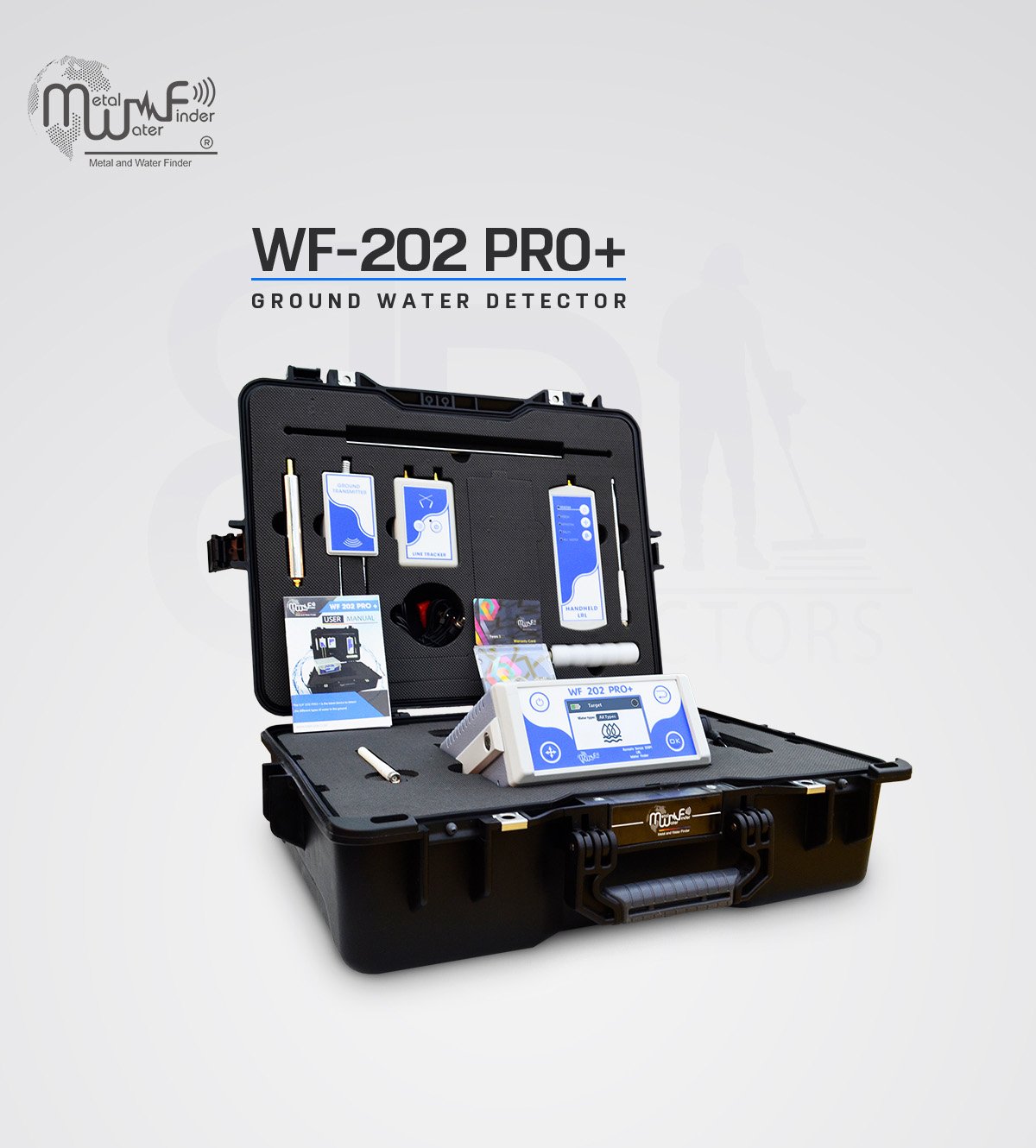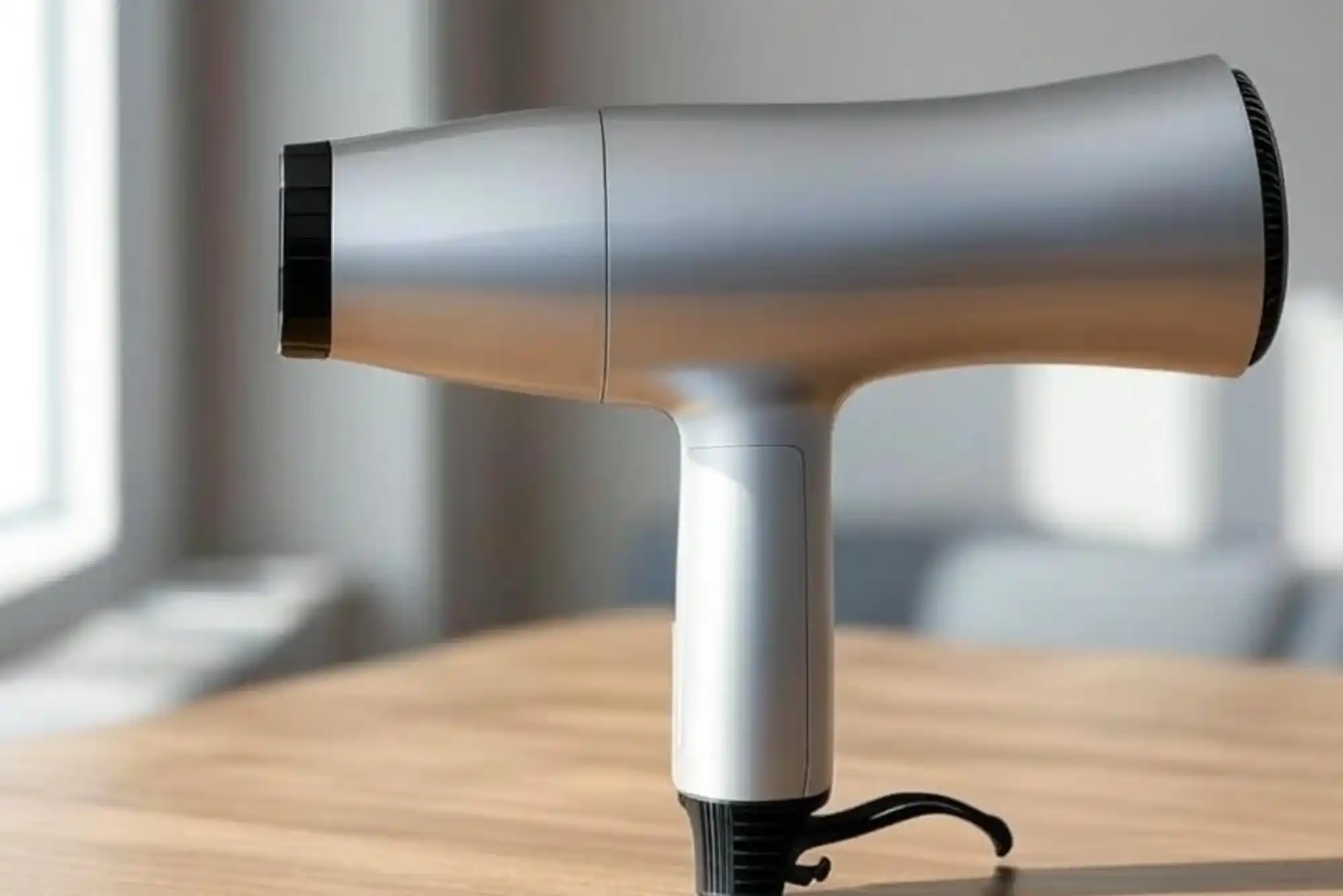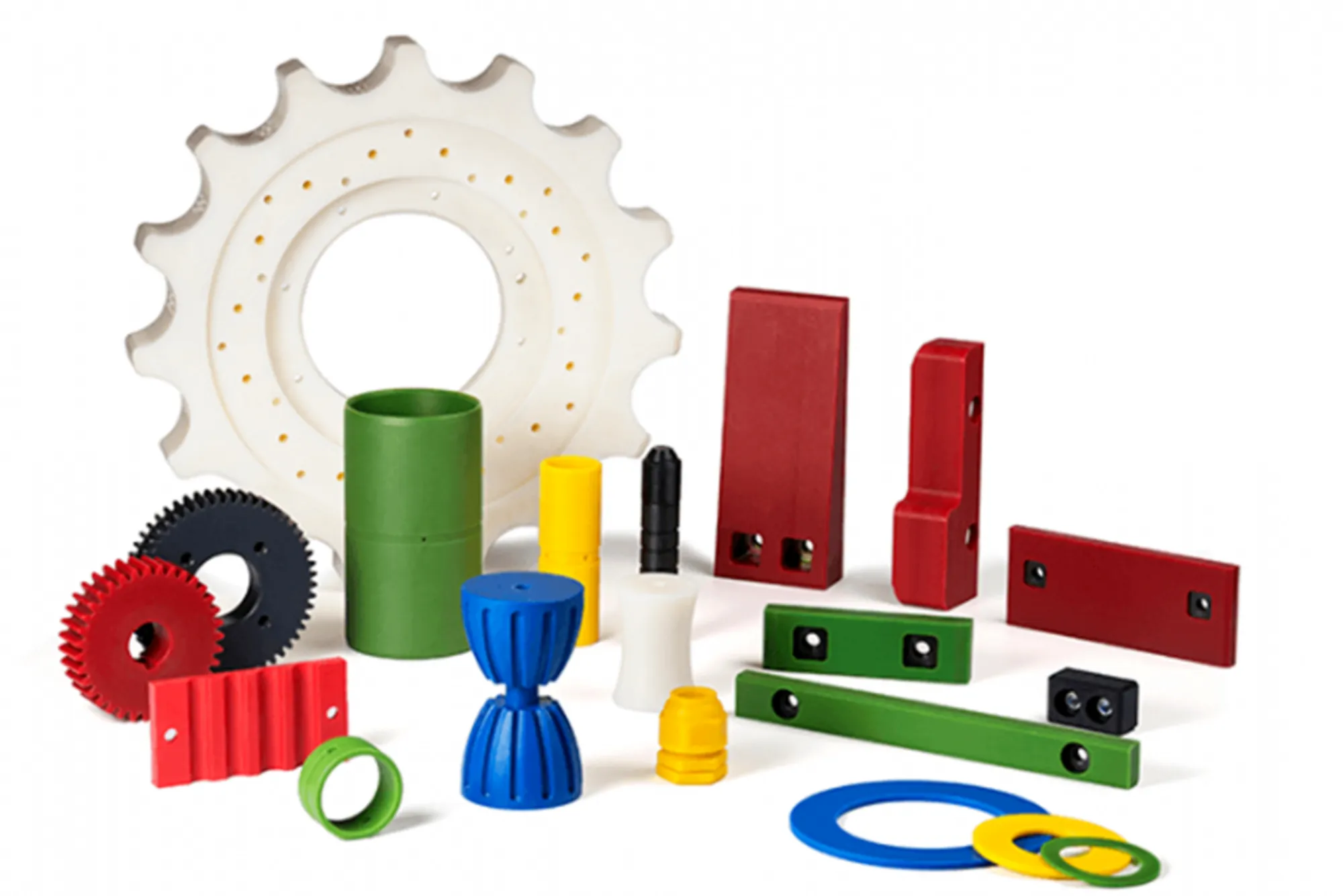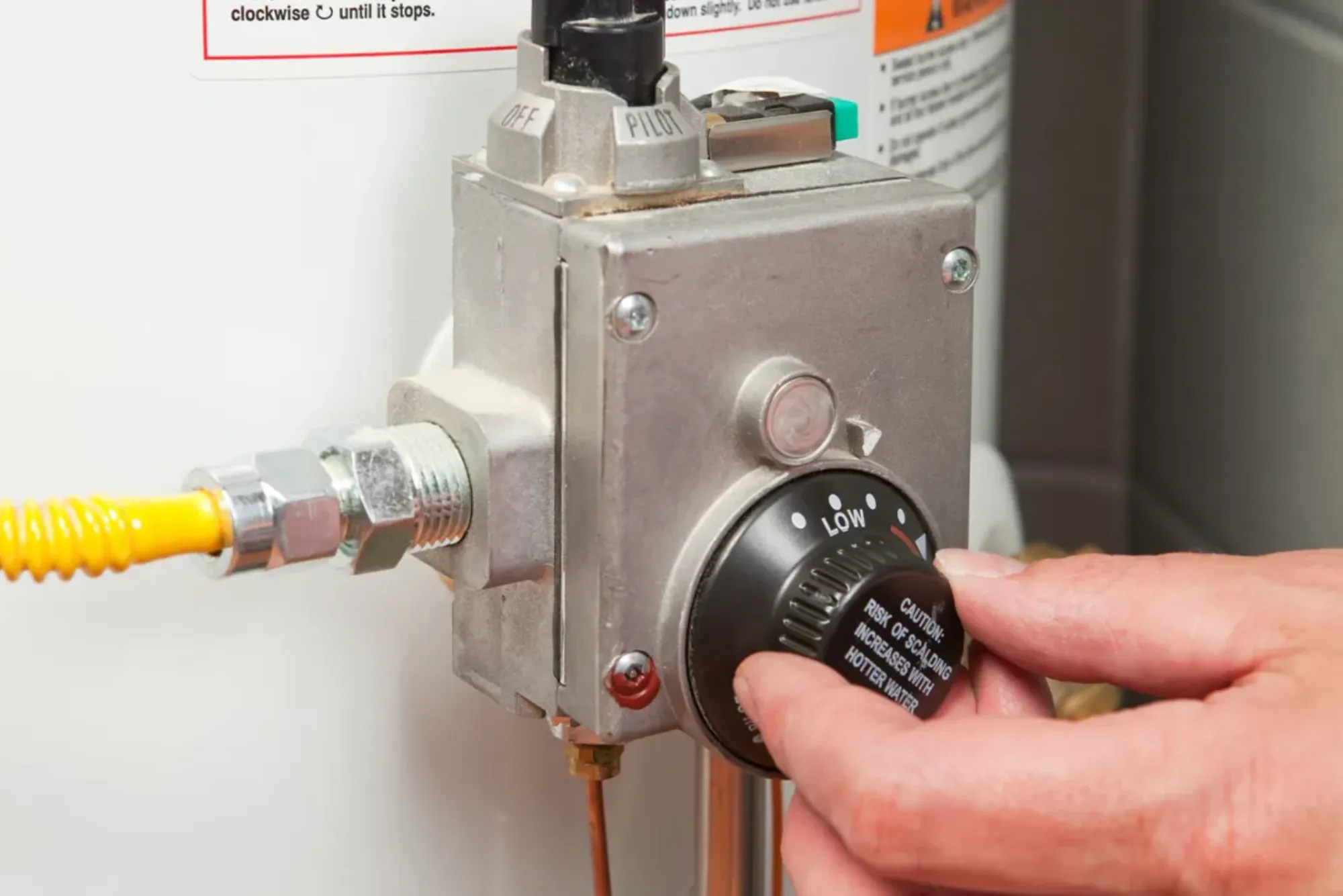Water scarcity is a growing concern in many parts of the world, especially in arid and semi-arid regions where rainfall is minimal. For communities, farmers, and engineers, finding groundwater becomes a necessity rather than a luxury. This is where modern underground water finder technology proves invaluable. These devices use advanced geophysical and electronic methods to locate water sources beneath the ground’s surface, helping people in dry regions identify reliable wells for agriculture and drinking purposes.
In this article, I will explain how underground water finders function, the science behind them, and highlight professional equipment such as the WF 202 PRO+ that is designed specifically for this purpose.
Understanding the Technology Behind Groundwater Detection
At its core, an underground water finder works by detecting differences in the earth’s physical and chemical properties. Since water-bearing layers (aquifers) often have different conductivity and density than surrounding rock, detectors can measure these variations to identify potential water deposits. Modern devices use electrical resistivity, magnetic resonance, or electromagnetic wave technology to map the subsurface.
When using a underground water finder in dry regions, its sensitivity and accuracy become critical. Dry soils can produce interference due to high mineral content, making it essential for the machine to distinguish between mineralization and actual groundwater. This is why professional-grade tools are relied upon by hydrologists, farmers, and drilling companies.
How the WF 202 PRO+ Stands Out
The WF 202 PRO+ is a specialized groundwater detector built to perform in challenging environments where water scarcity is most severe. Unlike basic dowsing rods or outdated tools, this advanced system integrates multiple scanning modes to pinpoint underground water with remarkable precision. It can measure depth, estimate flow capacity, and detect water-bearing layers up to significant depths, which is crucial for drilling accurate wells.
For users in dry regions, the WF 202 PRO+ provides a balance of scientific reliability and practical usability. Its ergonomic design, portability, and advanced calibration make it suitable for both professionals and local farmers. More importantly, it reduces the costly risks of drilling in the wrong locations by giving a reliable indication of where water is most likely to be found.
Adapting Technology for Dry Regions
Dry regions present unique challenges for groundwater detection. The absence of surface water and high soil salinity can interfere with readings. This is why modern devices are designed with ground balance capabilities and advanced sensors that filter out false signals.
The success of underground water finders in these environments often comes down to a combination of accurate calibration and experience. A skilled operator can interpret signals more effectively, distinguishing between mineral-rich soils and actual water reserves. This is where training and hands-on practice with devices like the WF 202 PRO+ become invaluable.
Applications Beyond Agriculture
While agriculture is one of the primary uses for groundwater finders, their applications extend much further. Communities in remote or drought-prone regions rely on them for identifying potable water sources. Civil engineers use them when planning infrastructure projects, ensuring that buildings, roads, and dams do not disrupt underground aquifers. Humanitarian organizations also deploy them in crisis situations to quickly locate water in refugee camps or disaster zones.
The Human Element in Water Prospecting
Even with advanced tools, water detection is not purely a technical process. Field experience, local geological knowledge, and proper interpretation of data all play vital roles. For example, a detector may suggest the presence of water, but understanding the geology of the area ensures that drilling is conducted in the right place. In this sense, underground water finders act as guides that must be used with expertise.
Why Choosing the Right Equipment Matters
Investing in a professional underground water finder can save time, money, and resources. Dry regions often face the challenge of failed wells due to poor planning or unreliable equipment. A high-quality device reduces these risks by providing consistent and accurate readings. The WF 202 PRO+, for instance, is an example of how modern engineering has made groundwater detection more reliable and accessible for communities that need it most.
Conclusion
Water is life, and in dry regions, it is the most precious resource. Underground water finders make it possible to uncover hidden aquifers, supporting agriculture, communities, and survival in some of the harshest climates. Devices like the WF 202 PRO+ demonstrate how far technology has come in transforming groundwater exploration from guesswork into a science.
By investing in the right tools and using them with proper expertise, communities can turn barren landscapes into productive environments and secure a future where water scarcity does not define their lives.








